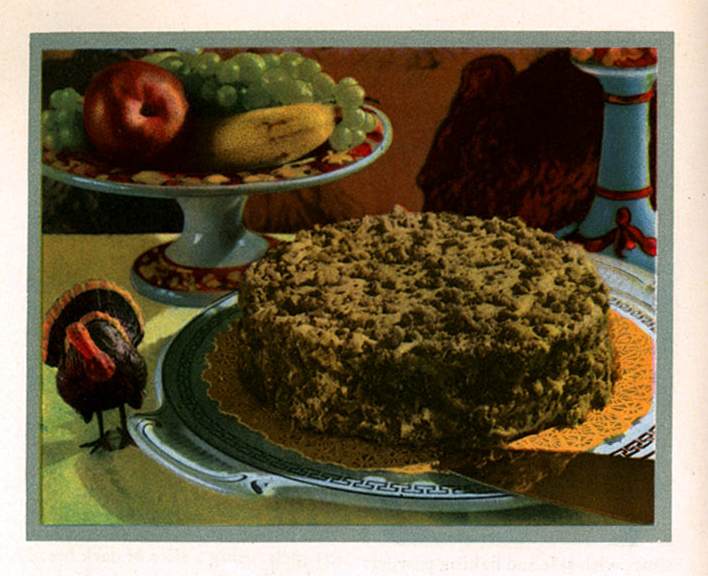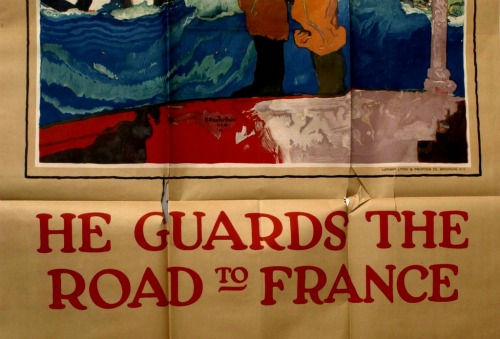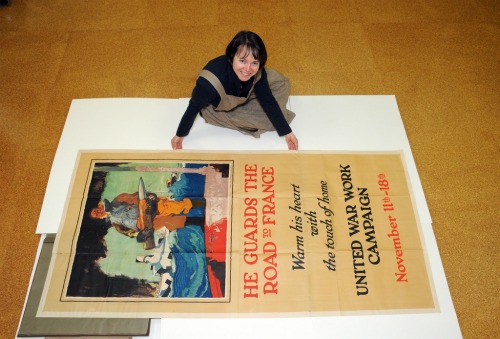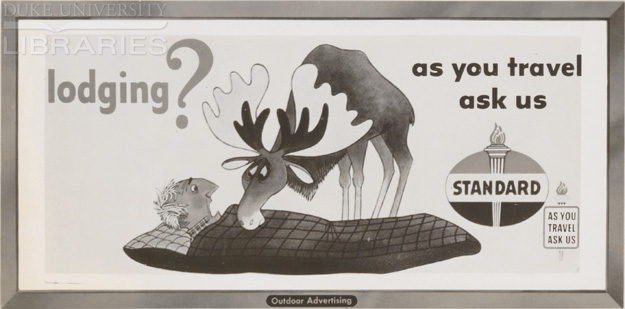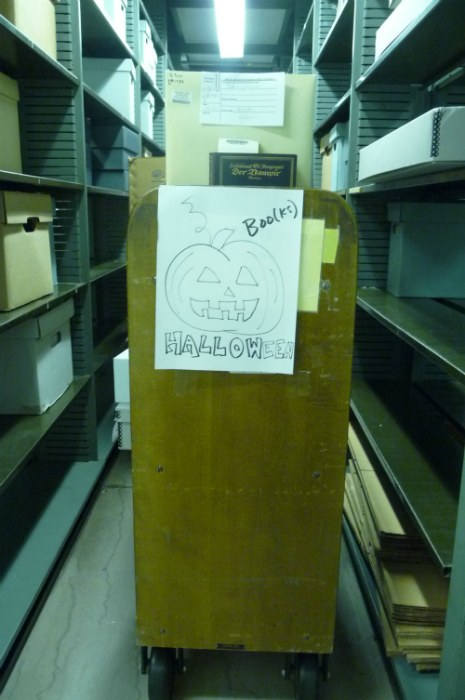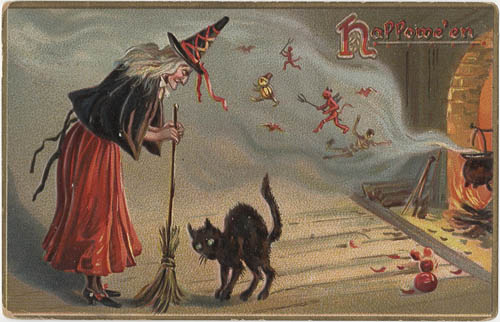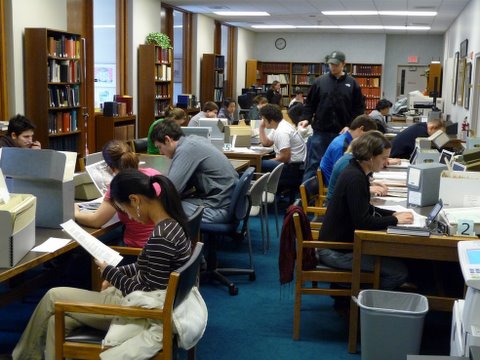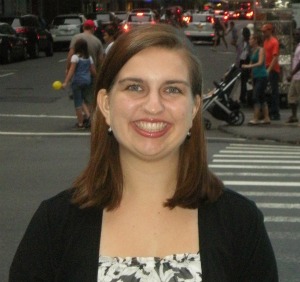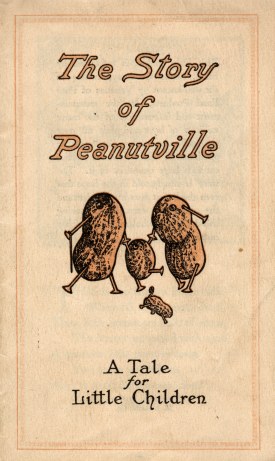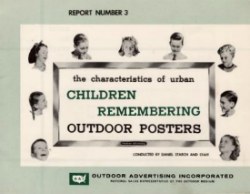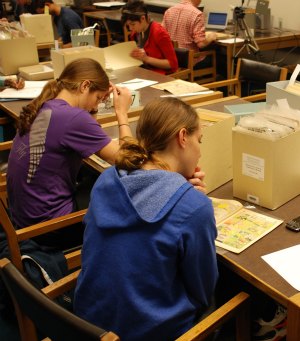In honor of all the cooking and eating we’re planning to do for Thanksgiving, we wanted to share a few menus and recipes from Thanksgivings past. Over the next couple of days, look for delicious posts drawing from the Hartman Center’s extensive collection of advertising cookbooks.
Today’s recipe comes from a cookbook published by the Calumet Baking Powder Company in the 1920s. The following Thanksgiving menu, the author suggests, is perfect for “the average woman, who must prepare for her parties alone or with one maid to help,” without making everyone “uncomfortable” by becoming “a flushed and worried hostess.” I think we’d all appreciate the help of that maid this year!
- Assorted canapés

- Turkey with chestnut stuffing and giblet gravy
- Baked onions
- Baked squash
- Caramel sweet potatoes
- Mashed potatoes
- Molded cranberry jelly with celery and olives
- Orange delight salad
- Pumpkin pie
- Caramel Nut Cake
- Salted Nuts
- Bonbons
The featured recipe – Caramel Nut Cake (pictured below) – of course contained Calumet Baking Powder. The picture doesn’t look too appetizing, but it sure sounds good. And where can I get one of those mini turkeys?
- ½ cup shortening
- 1 cup sugar
- ¾ cup milk
- 4 eggs
- 2 cup sifted flour
- 2 level tsp. Calumet Baking Powder
- ¾ cup chopped nuts
Sift flour three times with baking powder. Cream shortening, add sugar, gradually add egg yolks and nuts. Add dry ingredients alternatively with milk. Fold in stiffly beaten egg whites. Bake in 2 layers in a moderate oven (375 degrees F.). Ice with caramel icing, sprinkle the top and sides of cake with chopped nuts.
You can check out more images like these in the Emergence of Advertising in America digital collection. Stay tuned for more recipes later this week!
Post contributed by Liz Shesko, Intern for the John W. Hartman Center for Sales, Marketing, and Advertising History.


